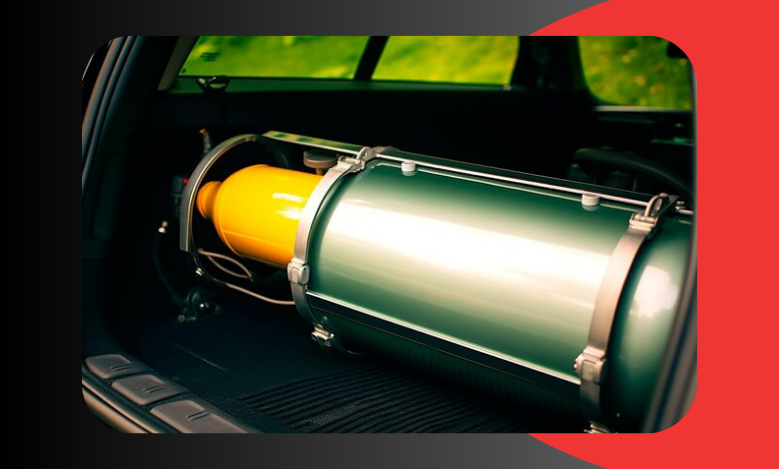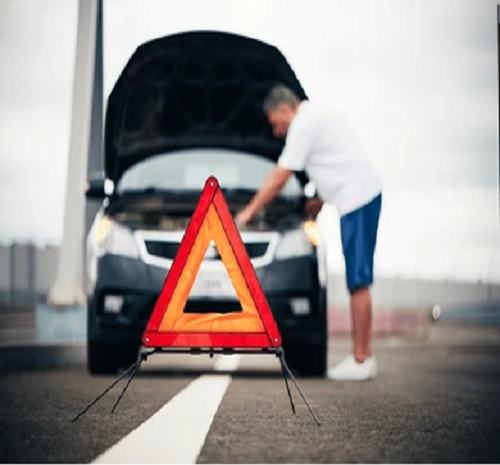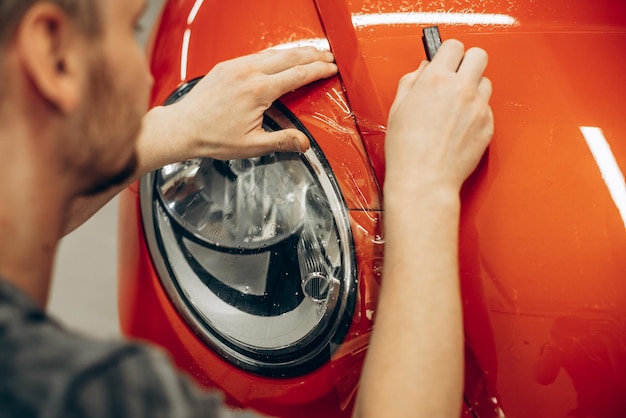If you’re a home or business consumer of LPG, there is the need to ascertain that the LPG used is stored in a safe tank and functioning properly. To this effect, testing and checking of the LPG is a major safety factor. Moreover, it is within the guidelines of the relevant Australia regulations that LPG tests are a must. And so, how often do LPG tanks have to be tested?
Requirements for LPG Tank Testing
LPG tanks are tested and recertified every 10 years in Australia. This applies to domestic and commercial LPG cylinders. The test is meant to ensure that the tank is still safe to use and that no wear and tear, rust, or damage has compromised it.
What happens during testing?
An LPG tank needs to be inspected by a licensed technician for testing. He or she looks for signs of corrosion, leaks, or damage. He or she also looks if the tank complies with safety standards. He or she will do a hydrostatic test if it needs to check the pressure capacity of the tank.
Why Is Testing Important?
1. Safety: Leaks from faulty or fractured LPG tanks often lead to fire or even explode.
2. Legal Compliancy: To test, as required legally in Australia. Failure in testing can result in monetary fines.
3. It brings comfort to know a tested LPG tank- one feels secure using the gas for their house and business in the knowledge it is gas-safe.
What If the Tank Fails the Test?
Regular testing of LPG tanks is important to make you safe, and it also falls under Australian regulations. Ensure that your LPG tank is checked every 10 years by a licensed technician to make you risk-free from possible calamities. A small effort now can save you from worse problems later on.
Testing How do you test an LPG tank?
Testing your LPG tank is very safety-critical. It insures that the tank, as a whole, be in good condition and it does not leak or experience damage. In Australia, LPG tanks are scheduled to be tested every ten years, but how can this be done? So here is a simple and easy breakdown of the actual process.
1. Visible Inspection
An LPG tank has to be viewed to test it for the first time. A licensed technician has to look at the tank by carefully checking it for visible signs of damage, rust, corrosion, or any dents. They look at the valve and check the connections to ensure nothing is damaged and everything fits well. If parts show signs of wear or destruction, then it may be repaired or replaced.
2. Leak Detection
The technician will then conduct a leak test on the tank. A special leak detection solution will be applied on the tank, valve, and connections. Appearance of bubbles indicates a leak, which needs to be corrected before use.
3. Hydrostatic Test
If the physical appearance looks good, then a hydrostatic test is conducted. Water is poured into the tank and is subjected to an increase in pressure to verify if any cracks or leaks, which might pose a safety hazard, are present in the tank. If everything is all right, the tank can be used continuously. However, if issues are present, it is either to be repaired or replaced.
4. Valve and Safety Device Test
Finally, the technician will check the safety valve and other important parts. They’ll ensure that the safety relief valve is in good condition so that excessive pressure will not build up. A faulty valve could cause pressure changes inside the tank that could be dangerous.
Why Is Testing Important?
Testing of an LPG tank is essential in a way that there is not any leakage of gas. It can lead to huge fires and even explosions due to a minute crack or slight corrosion. This makes one’s tank safe to be used, hence gives some peace of mind, reducing the chances of expensive mishaps.
Conclusion
The process of testing a LPG tank is done to check its aspect of safety and reliability. Periodic testing is essential every ten years that can warn of a possible defect or catastrophe. Always let your LPG tank undergo proper testing by a licensed professional for safety in homes or business establishments.




